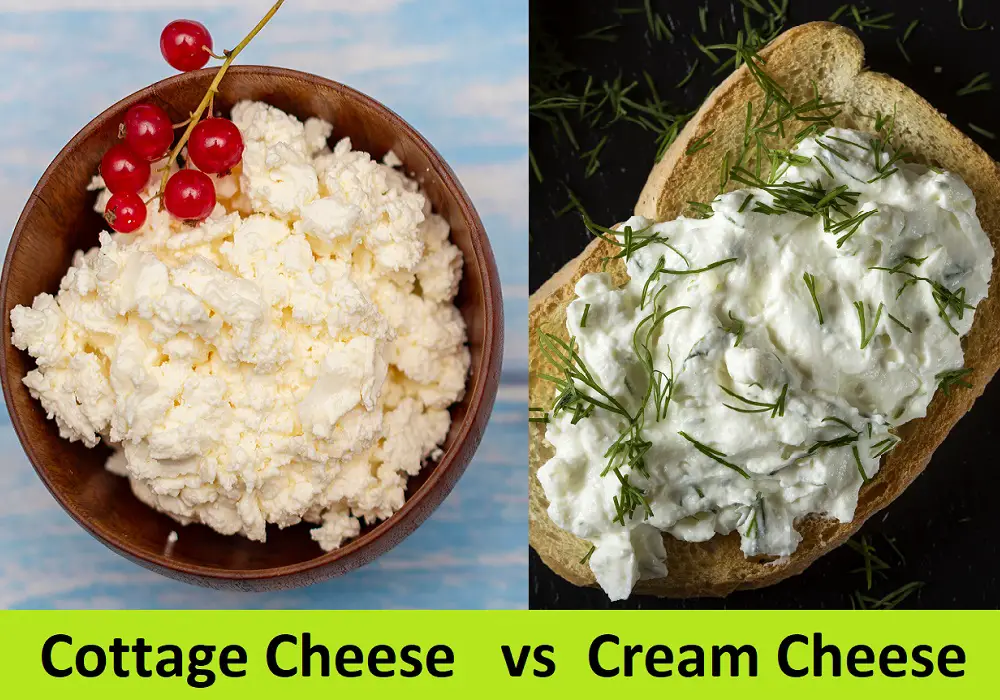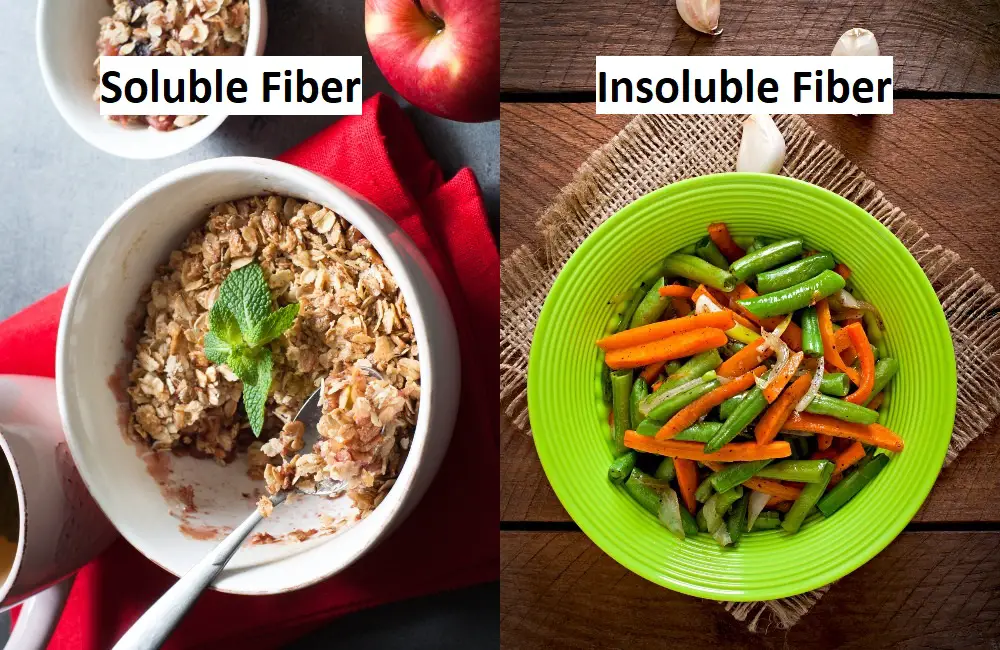4 Major Differences Between Cottage Cheese and Cream Cheese
Soft cheese is one of the most desired lactose ingredients in our food preference. They are great for health and also very delicious. And among soft cheese, two types of cheese are labeled to be the best of the best, and these two are cream cheese and cottage cheese.
Although they have similar qualities in terms of softness, there are lots of differences between them. And in this cottage cheese vs cream cheese comparison guide, we will break down every single of their differences.
Cottage Cheese Vs. Cream Cheese: At a Glance
The main difference between them is the fact that their appearance, taste, and overall fat content are completely different. And even though they are both soft cheeses, their thickness and smoothness are worlds apart.
Cottage cheese looks chunky and lumpy and is very thick for a block of soft cheese, and it is not very spreading unless you are putting it on a blender. What’s more, the main ingredient for cottage cheese is pasteurized milk curds, more commonly known as cow milk curds.
Although cow milk is optional, milk similar to that type is used to create cottage milk. And this affects the taste on quite a large scale as the initial taste of cottage milk is a bit salty and mild.
But on the other hand, cream cheese is precisely different from cottage cheese. It is smooth and spreading along with a very low, close to none thickness.
For ingredients, the cream cheeses use sweet milk, which makes the cream cheese taste sweet and creamy. And as it contains a good amount of sweet content, this generally increases the level of fat content in cream cheese compared to other soft cheese currently available to us.
The creation process of both kinds of cheese is identical, but at the same time, very different. Like every fresh cheese creation process, both follow the procedure of acidization of milk, meaning an acid content (vinegar, lime or lemon) is added to the milk to dry out the liquid or whey to get the curd; it will later turn into cheese.
This process is often regarded as the milk curdling process. Once the curds take a solid form, you need to cook them until all the moisture inside is released. After that, cottage cheese is left to cut into portions.
While for cream cheese, the process is a bit longer as next, the curd is put through blending with warmth so that it becomes smooth. For industrial purposes, a stabilizer is used for cream cheese.
What is a Cottage Cheese?
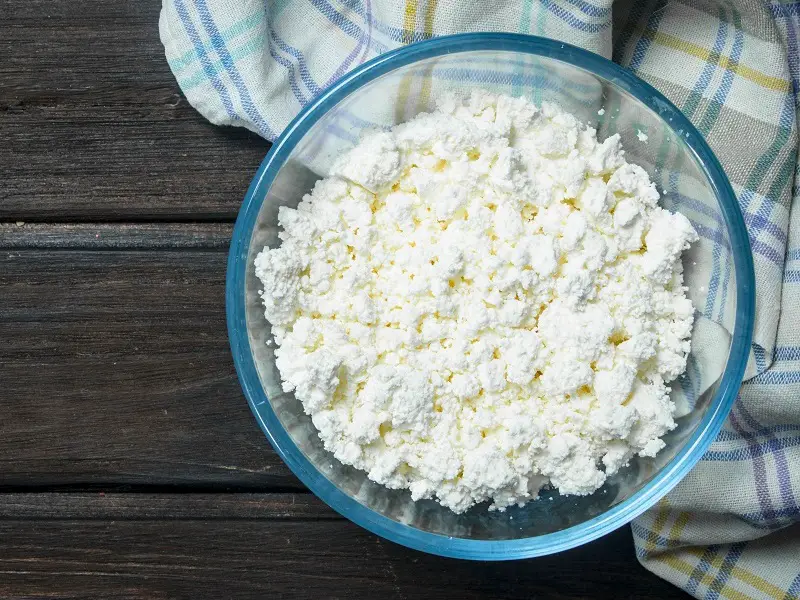
Cottage cheese is a soft natural cheese made of pasteurized milk that has a mild savory flavor and is very thick compared to other natural cheeses. It has multiple uses, and one of the main reasons it is widely popular is the fact that it can be very fulfilling due to its chunky and lumpy appearance.
This cheese follows the basic cheese-making process of acidization and curdling afterward. It doesn’t require the help of any stabilizers. The fat content is slightly lower as there is no added sugar in the ingredients of the cheese.
What is Cream Cheese?
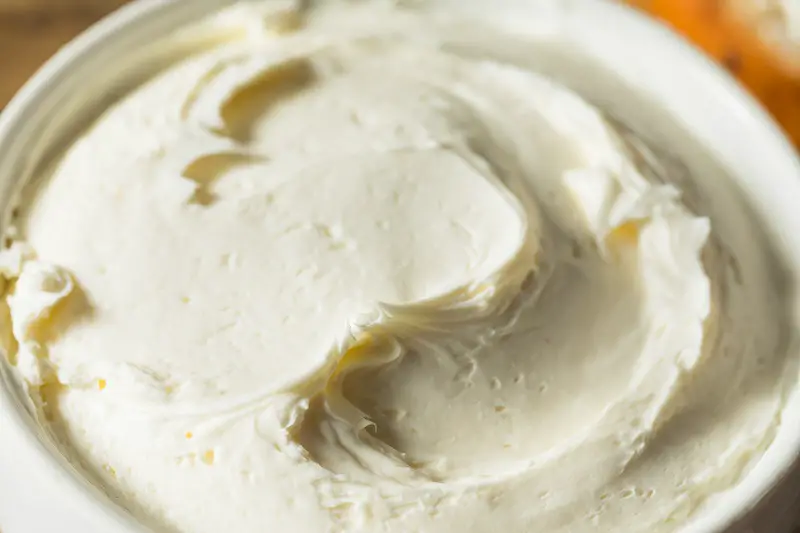
This cheese is also another variant of natural soft cheese, and one of the most striking features of this type of cheese is the smoothness level.
Cream cheese is very smooth and spreading; it tastes sweet and has one of the highest fat contents among natural soft cheeses. For industrial productions, cream cheeses use stabilizers, but they can be made without one too. If you are confused between light cream and heavy cream check our heavy cream vs light cream article.
Main Differences Between Cottage Cheese and Cream Cheese
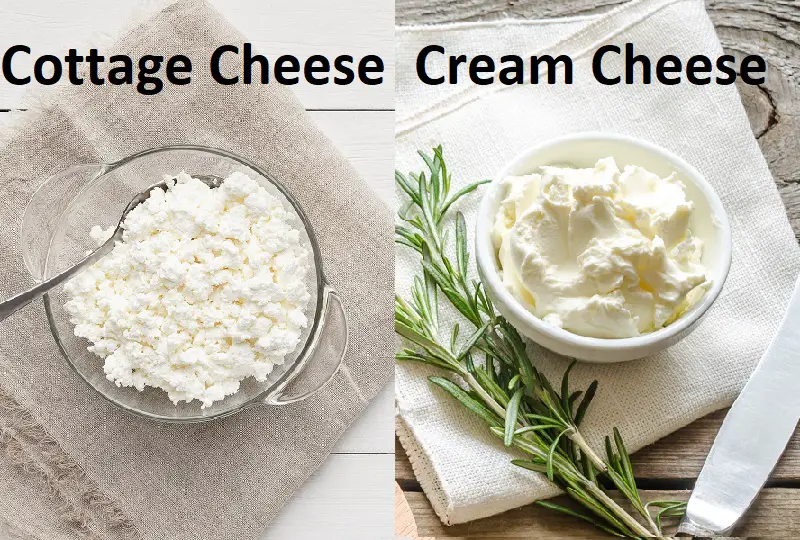
Here are the key differences between them.
Thickness & Smoothness
One of the most critical differences between these cheeses is their thickness and smoothness. Cottage cheese is very thick compared to other natural cheeses and is undoubtedly thicker than cream cheese. But cream cheese is smoother and more spreadable than cottage cheese.
Appearance
The initial outlook of cottage cheese is that it is chunky and lumpy, while cream cheese has a smooth texture and is very much spreadable.
Fat Content
As cream cheese uses sweet milk compared to the use of pasteurized milk of cottage cheese, the fat content level on cream cheese is higher than cottage cheese.
Flavor
Cottage cheese has a mild savory flavor, while cream cheese has a creamy sweet flavor.
A Comparison Table to Summarize
| Parameter of Comparison | Cottage Cheese | Cream Cheese |
| Definition | Cottage cheese is a type of soft natural cheese that has good thickness and is mild in taste. | Cream cheese is a type of soft natural cheese that is smooth and spreading with a sweet taste. |
| Ingredients | The ingredients required for cottage cheese is pasteurized milk; a good example of pasteurized milk would be cow milk. | The ingredients required for cream cheese are mostly sweet milk and occasionally cream. |
| Fat Content | It has lower fat content compared to other soft natural cheeses. | It contains one of the highest fat contents among soft natural cheeses. |
| Flavor & Taste | The initial taste and flavor of cottage cheese are mild, savory, and a bit sour. It has creamy wetness around it. | The taste of cream cheese is sweet and strong; you can also feel the taste of cream around the smooth texture. |
| Use of Stabilizer | Cottage cheese doesn’t require any sort of usage of a stabilizer. | Although cream cheese can be made naturally and without the help of any machines, industrial production stabilizers are often used. |
| Filling Level | The filling level of cottage cheese is higher than other soft natural cheeses, and it is because it is chunky and big in size. | The filling level of cream is lower compared to other soft natural cheeses, and that is because cream cheese is spread out thin. |
| Thickness | Cottage cheese is one of the thickest natural cheeses available. | The thickness of cream cheese is shallow. |
| Smoothness | Cottage cheeses are chunky and lumpy, meaning their smoothness is close to none. | Cream cheese is one of the smoothest natural cheeses out there. |
| Blending Requirement | There is no blending required for making cottage cheese. | It is necessary for cream cheeses to be blended so that the cheese can be smoothened out. |
Key Takeaways
- Both are soft cheese components, but their thickness is widely different. Cottage cheese is thicker than cream cheese. And in terms of cream cheese’s smoothness is unrivaled, but if blended properly, cottage cheese can be very smooth too.
- The creation process of cream cheese and cottage cheese is different. Even though both kinds of cheese are created via acidization on the milk, cottage cheese doesn’t go through the mixing & blending process of cream cheese.
- Cottage cheese has been regarded as more filling compared to cream cheese, and the major reason behind it lies in the size and portion of cottage cheese as cottage cheese comes in three different size portions: small, medium, and large. Cream cheese doesn’t have any variants like that.
- The initial taste of cottage cheese is a mild sour flavor, but it tastes sweet and creamy for cream cheese.
Final Thoughts
These two kinds of cheese are some of the most commonly used cheese ingredients in the kitchen. And knowing their differences allows you to enjoy them suitably and adequately.
Hopefully, this cottage cheese vs cream cheese comparison helped you to understand cottage cheese and cream cheese better so that you can decide the winner of cottage cheese vs. cream cheese.
